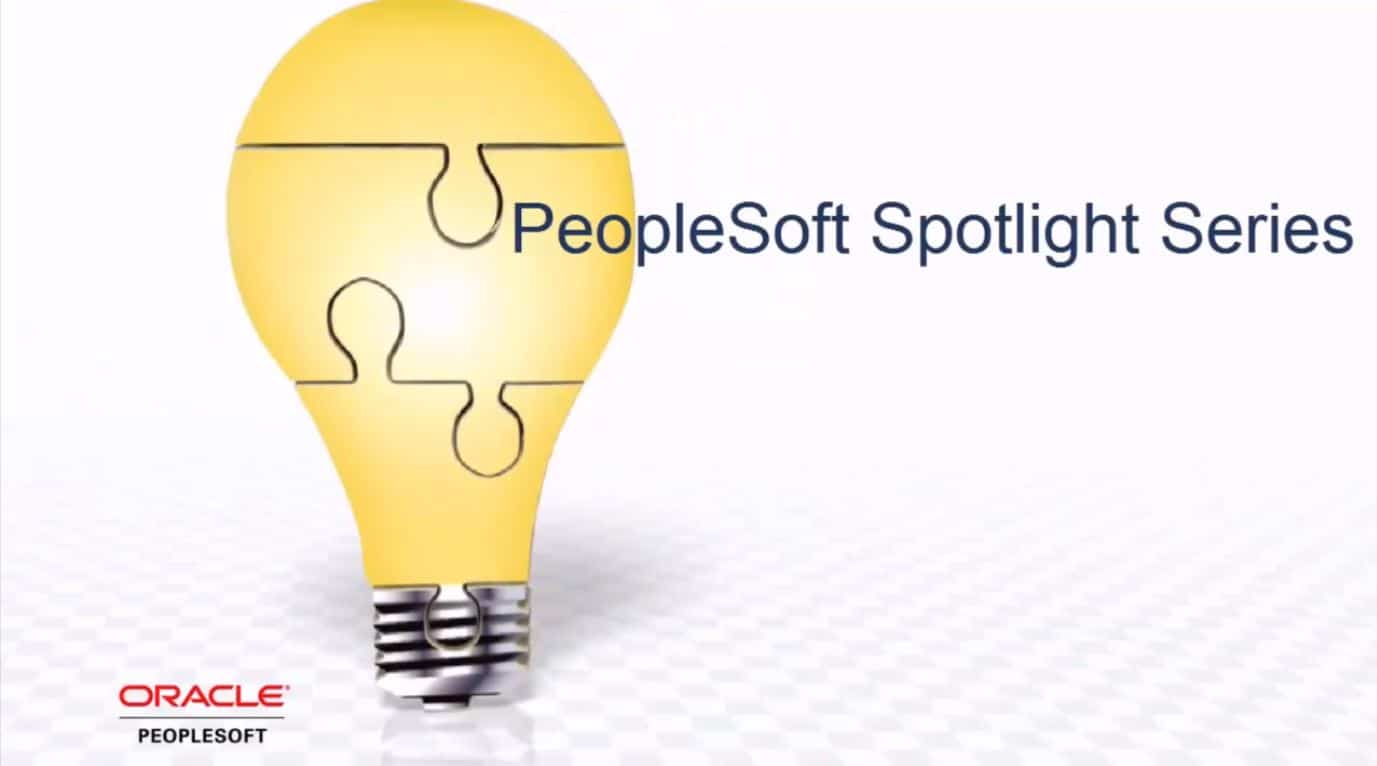PeopleSoft Spotlight Series: Developing Fluid Applications
-
Posted by Harry E Fowler
- Last updated 3/16/23
- Share

Fluid User Interface Overview
PeopleSoft Fluid User Interface is the next evolutionary step for the PeopleSoft application user experience. Fluid applications signal a new direction for the PeopleSoft user experience. Fluid applications take advantage of the latest web development standards, specifically HTML5 and CSS3. It enables you to provide the most current features for your user base, which are based on international industry standards. Fluid applications are flexible, responsive and adaptive. Fluid allows users to access PeopleSoft on a variety of different form factors and it adjusts as needed for that form factor.
Understanding Fluid Application Development
If you have customized or created PeopleSoft applications in the past, you’ll be pleased to know that you won’t need to learn how to use new development tools to create Fluid applications. To create a Fluid application, you will use the Application Designer and PeopleCode. However, expertise in CSS3 is a requirement for any developer creating or modifying Fluid applications or style sheets. CSS is what provides the flexible, responsive nature of the PeopleSoft Fluid user interface. Fluid developers use the same eight steps of PeopleSoft Application Development:
- Design the application
- Create fields
- Create record definitions
- Build SQL tables
- Create pages
- Create component
- Register components
- Test the application
Touching Up Fluid Applications
When you create or convert a new Fluid application, there are often some additional tasks you will need to consider. Some items include the tile image, static text page tile, grid layout type, save button and block elements. Additionally, when you convert a Classic page to Fluid, you may have copied class page composer features that are not supported.
For a demonstration of creating Fluid pages, creating and registering Fluid components and touching up Fluid applications, check out this video: PeopleSoft Spotlight Series: Developing Fluid Applications.
Is your organization considering implementing Fluid? One of the best ways to learn is seeing how others have done it. Find out how this Quest member successfully transitioned to Fluid UI in this webinar replay.
